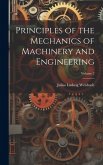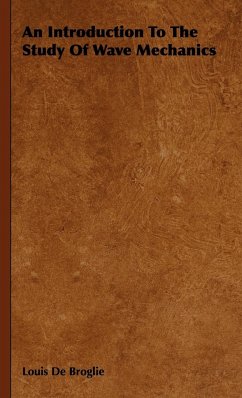In a sense this is a book for the beginner in mechanics, but in another sense it is not. From the time we make our first movements, crude ideas on force, mass, and motion take shape in our minds. This body of ideas might be reduced to some order at high school as crude ideas of geometry are reduced to order, but that is not the educational practice in North America. There is rather an accumulation of miscellaneous facts bearing on mechanics, some mathematical and some experimental, until a state is reached where the student is in danger of being repelled by the subject, as a chaotic jumble which is neither mathematics nor physics. This book is intended primarily for students at this stage. The authors ambition is to reveal mechanics as an orderly self-contained subject. It may not be quite so logically clear as pure mathematics, but it stands out as a model of clarity among all the theories of deductive science. The art of teaching consists largely in isolating difficulties and overcoming them one by one, without losing sight of the main problem while attending to the details. In mechanics, the main problem is the problem of equilibrium or motion under given forces the details are such things as the vector notation, the kinematics of a rigid body, or the theory of moments of inertia. If we rush straight at the main problem, we become entangled in the details and must retrace our steps in order to deal with them. If, on the other hand, we decide to settle all details first, we are apt to find them uninteresting because we do not see their connection with the main problem. A compromise is necessary, and in this book the compromise consists of the division into Plane Mechanics Part I and Mechanics in Space Part II.
Hinweis: Dieser Artikel kann nur an eine deutsche Lieferadresse ausgeliefert werden.
Hinweis: Dieser Artikel kann nur an eine deutsche Lieferadresse ausgeliefert werden.







![Principles & Practice of Plastic Surgery [Hardback] Principles & Practice of Plastic Surgery [Hardback]](https://bilder.buecher.de/produkte/52/52108/52108637m.jpg)
